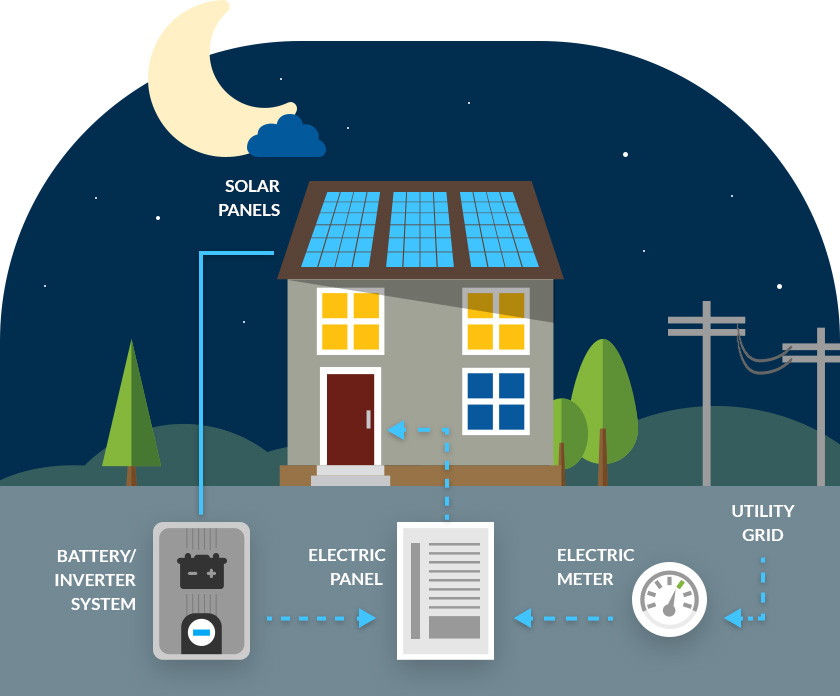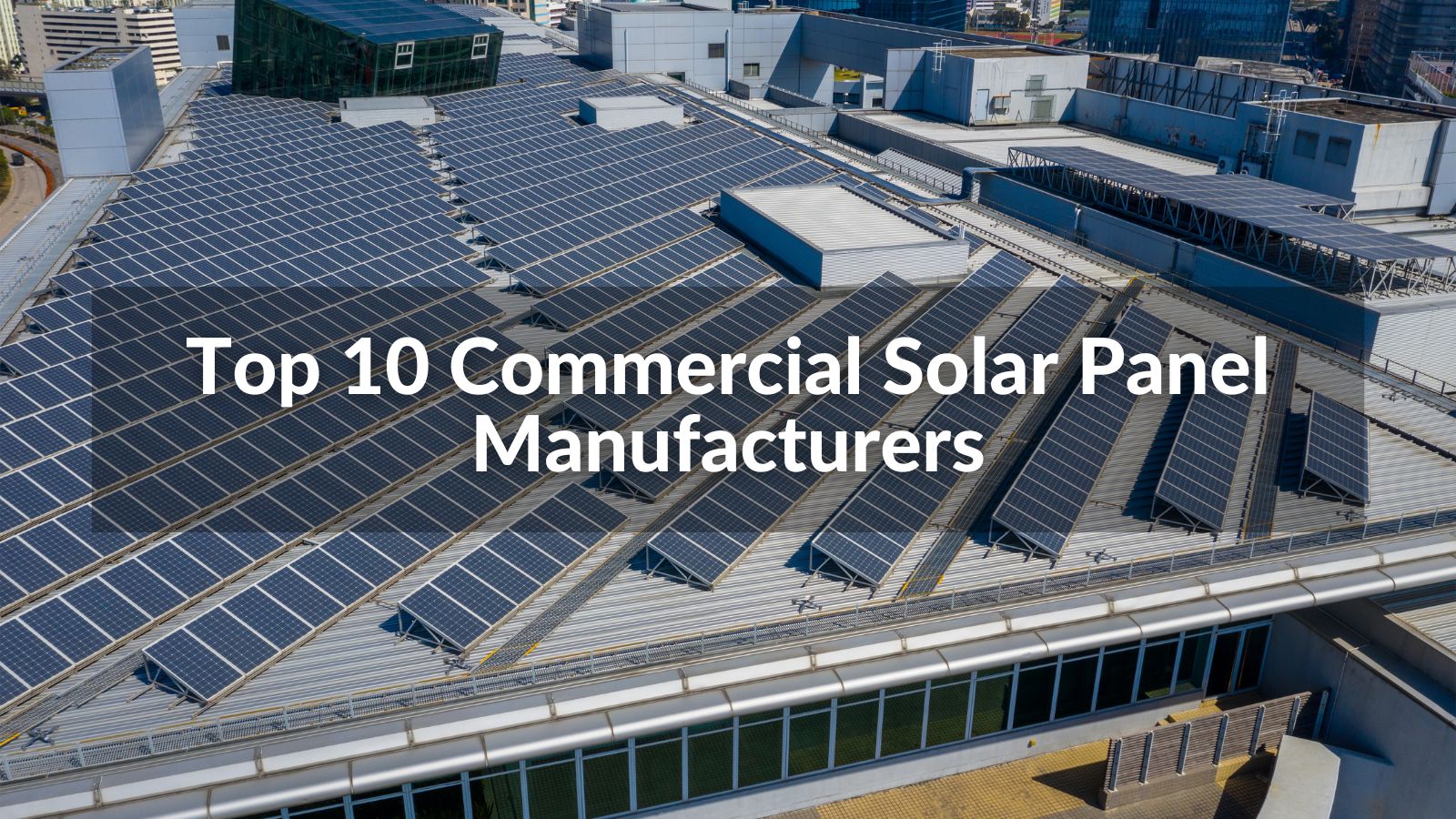The Facts About Solar Companies In Virginia Revealed
The Facts About Solar Companies In Virginia Revealed
Blog Article
Virginia Renewable Energy Company: Lumina Solar Concentrates On Supplying Advanced Photovoltaic Solutions For Residences And Services
History and Founding
Have you ever questioned how a check here photovoltaic panel business springs from a mere stimulate of inspiration into a powerhouse of renewable energy? It typically starts with a vision-- one sustained by a blend of development, determination, and a pinch of serendipity. The journey of lots of solar companies mirrors the advancement of the innovation itself: from large, inefficient panels to smooth, high-efficiency marvels utilizing the sun's bounty.
The Early Days
In the late 20th century, when solar power was still a specific niche idea, leaders planted seeds for what would end up being a worldwide movement. Picture a little workshop filled with curious engineers, tirelessly explore photovoltaic cells. Their enthusiasm was palpable, typically driven by a desire to fight environment modification and minimize dependence on nonrenewable fuel sources.
One such anecdote has to do with a founder who, influenced by a camping journey, realized that even in remote locations, the sun could power important gadgets. This easy observation sparked a company's mission to democratize access to clean energy.
Establishing Concepts

- Development: Continually pressing the boundaries of solar technology to improve efficiency and resilience.
- Sustainability: Committing to environmentally friendly manufacturing and minimizing carbon footprints.
- Availability: Making eco-friendly energy options inexpensive and useful for everyday users.
Milestones in Growth
| Year | Secret Occasion |
|---|---|
| 1985 | Business founded in a little garage, focusing on research study and advancement. |
| 1995 | Business solar panel product launched, getting regional attention. |
| 2005 | Expanded to worldwide markets, embracing global renewable resource goals. |
| 2015 | Presented cutting-edge photovoltaic panel innovation with improved energy conversion. |
Isn't it fascinating how these incremental steps, often neglected, form the energy landscape today? The photovoltaic panel business story is not almost technology; it's about a relentless quest for a brighter, cleaner future.

Developments in Solar Panel Technologies
Ever observed how some solar panels gleam brighter and last longer? It's not magic; it's the science of photovoltaic effectiveness. Modern solar panel business invest heavily in technologies like bifacial cells, which catch sunshine from both sides, enhancing energy harvest without expanding roof space. Have you ever questioned why some panels perform much better on cloudy days? That is because of advances in thin-film solar innovation, which grows under diffused light conditions.
Product Variations Tailored to Unique Requirements
One size never fits all. Solar panel providers now offer:
- Monocrystalline panels for maximum efficiency and smooth visual appeals, perfect for space-constrained rooftops.
- Polycrystalline panels, which offer a cost-effective option without compromising too much output.
- Building-integrated photovoltaics (BIPV), combining solar tech perfectly into architectural elements like windows and facades.
Choosing the ideal product isn't practically in advance expense; it has to do with matching your environment, energy objectives, and long-term cost savings. For example, homes shaded by trees require panels that master low-light circumstances, something lots of neglect until energy bills climb suddenly.
Technical Tips for Ideal Selection
- Evaluate the temperature level coefficient-- lower worths suggest panels lose less performance on hot days.
- Search for panels with boosted anti-reflective finishings to optimize light absorption.
- Consider the panel's service warranty not just for defects, but for guaranteed power output over years.
- Don't underestimate the significance of the inverter innovation combined with the panels; it can make or break your system's efficiency.
Beyond Panels: Emerging Trends
Imagine photovoltaic panels that change their angle instantly to chase the sun-- tracking systems are ending up being more available, increasing yield considerably. Or solar tiles that mix invisibly into your roofline, transforming your home into a silent, self-sufficient power generator. These innovations are reshaping what a solar panel company provides-- not simply items, however integrated energy options.
Market Presence and Global Operations
Ever question why some solar panel companies seem to sprout up in every corner of the globe while others barely make a ripple? The distinction lies not just in technology but in mastering the art of browsing varied markets. Broadening worldwide resembles planting seeds in various climates-- you need to understand each environment's distinct conditions to flourish.
Take, for example, the detailed dance of logistics and supply chain management. Shipping panels midway across the world isn't almost distance; it has to do with timing, customs, tariffs, and adapting to regional demand variations. A company with robust global operations prepares for these variables, ensuring panels show up on schedule without inflating costs. This foresight is no little accomplishment and often separates industry leaders from followers.
Key Techniques for Expanding Market Presence
- Localized production: Establishing production hubs near target markets decreases shipping delays and import complexities.
- Strategic collaborations: Collaborating with local companies speeds up market penetration and constructs trust.
- Adaptive item design: Tailoring solar panel tech to weather, sun intensity, and facilities nuances enhances performance and acceptance.
What about the human factor? Photovoltaic panel business operating internationally need to fix up cultural distinctions and regulatory nuances without forgeting their core mission. What works in a sun-drenched desert may falter in a humid coastal area. Often, the most innovative solution is just listening-- absorbing local insights to refine innovation and approach.
Experts frequently encourage a phased rollout instead of a shotgun expansion. Why run the risk of overextension when determined growth builds sustainable momentum? Scaling carefully means balancing ambition with functional resilience - Solar Panel Company. In the race for sustainable energy supremacy, patience can be as important as speed.
Ecological Impact and Sustainability Practices
When photovoltaic panels initially emerged, lots of assumed they carried absolutely no environmental baggage. However, the truth is more nuanced. The production of solar batteries involves unusual earth metals and energy-intensive procedures, which can leave a sizable carbon footprint before the panels even reach roofs. Yet, the true environmental cost depends heavily on the sustainability practices used by the photovoltaic panel business throughout the lifecycle of their items.
How frequently do we stop briefly to consider what happens to photovoltaic panels at the end of their helpful life? Unlike batteries or electronics, solar panels can last 25-30 years, however disposal and recycling paths remain underdeveloped in numerous areas. A company committed to decreasing environmental harm will have a robust prepare for recycling photovoltaic products, restoring important silicon, glass, and metals to avoid garbage dump accumulation.
Key Sustainability Strategies
- Using low-impact production strategies that decrease water and energy intake.
- Implementing closed-loop systems to recycle production waste back into new panels.
- Participating in transparent supply chain audits to guarantee ethical sourcing of basic materials.
- Designing panels for much easier disassembly to aid future recycling efforts.
It's worth noting that some solar companies have pioneered ingenious approaches, such as incorporating biodegradable components or utilizing less toxic chemicals during fabrication. This not only decreases environmental stress but likewise sets a precedent for the industry. The question stays: can the solar industry really pivot towards a circular economy model without compromising performance or affordability?
Specialist Tips for Assessing Sustainability
- Inquire about the company's commitment to carbon-neutral manufacturing and whether they offset emissions.
- Investigate if they partner with accredited recycling facilities dedicated to photovoltaic panel waste.
- Try to find transparency reports detailing environmental impacts and sustainability goals.
- Think about the longevity and warranty of panels as an indirect measure of resource efficiency.
In the end, selecting solar power ought to indicate more than just slashing electrical energy bills; it has to do with supporting a future where energy is harvested responsibly and waste is attentively managed. Solar panel business that embrace this viewpoint not only brighten homes but likewise cast a brighter light on sustainable development.
Report this page